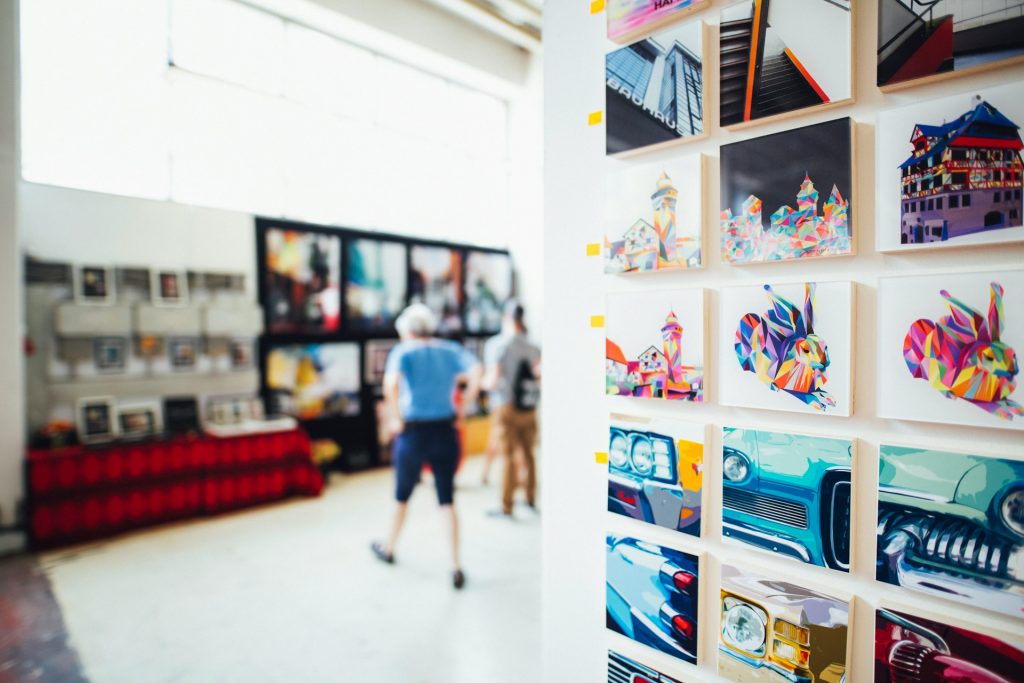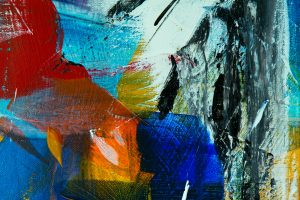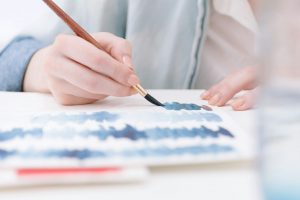
This summer, artist Christian Poincheval presents a new exhibition titled “Olympe.” “There is a symbolism around the circle in this exhibition,” explains the multi-talented artist. “It is a unique approach. I have used new materials while always adhering to the spirit of reuse and recycling.”
The upcoming Paris 2024 Olympic Games have significantly influenced the artist. “The bottle of Abraham, my son, left the exhibition garden after three years to be placed on the Saint-Denis canal, near the Stade de France.”
Performance artist Abraham Poincheval lived in the bottle for ten days under the curious gaze of passersby. “My goal is to inform people through this exhibition. I am not a pro-capitalist Olympic supporter, but I admire the number of athletes and the number of represented nations. 206 nations, 10,500 athletes, 329 events… All these data are inscribed inside circles. Other circles will be completed during the Olympics with information such as the number of medals.”
The exhibition is open for free visits in the artist’s garden, located at the Plessis in Gesvres.
Christian Poincheval is known for his innovative and often unconventional artistic endeavors. His works often challenge the norms and push the boundaries of traditional art. With “Olympe,” Poincheval continues this trend, inviting viewers to reflect on the interconnectedness of sports, culture, and art. The use of circles in his exhibition is particularly noteworthy. “Circles represent unity and continuity,” Poincheval says. “In the context of the Olympics, they symbolize the coming together of nations and the ongoing pursuit of excellence and peace.”
The artist’s choice to place his son Abraham’s bottle on the Saint-Denis canal is symbolic as well. It represents the intersection of art and public life, making the exhibition accessible to a broader audience. Abraham’s performance, living in the bottle for ten days, drew significant attention and sparked conversations about the role of art in public spaces. “It was a way to bring art closer to the people,” Christian explains. “To make them part of the experience.”
The exhibition also includes interactive elements. Visitors are encouraged to participate by adding their own reflections and messages to the circles. This interactive component aims to foster a sense of community and shared experience. “Art is not just for looking at,” Poincheval asserts. “It is for engaging with, for participating in.”
The themes of reuse and recycling are central to Poincheval’s work. In “Olympe,” he uses discarded materials to create new forms and expressions. This approach not only highlights the importance of sustainability but also challenges viewers to rethink their relationship with everyday objects. “Every piece of material has a story,” he says. “By reusing them, we give these stories new life and new meaning.”
The exhibition’s location at the Plessis in Gesvres is significant as well. This serene and picturesque setting provides a tranquil backdrop for the thought-provoking works on display. Visitors can stroll through the garden, taking in the art and the natural beauty of the surroundings. It is an experience that invites reflection and contemplation.
In conclusion, “Olympe” is more than just an art exhibition. It is a celebration of the Olympic spirit, a call for sustainability, and an invitation to engage with art in new and meaningful ways. Christian Poincheval’s innovative approach and dedication to his craft make this exhibition a must-see event of the summer. Whether you are an art enthusiast, a sports fan, or simply someone looking for a unique cultural experience, “Olympe” offers something for everyone. So, make your way to the Plessis in Gesvres and immerse yourself in the world of “Olympe.”





